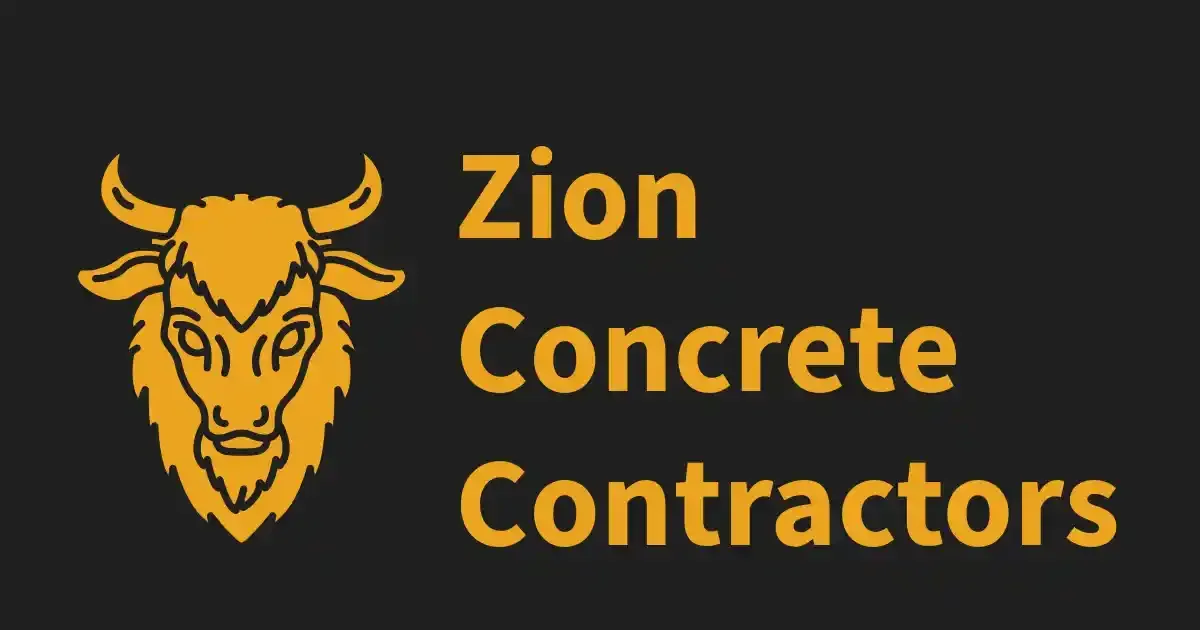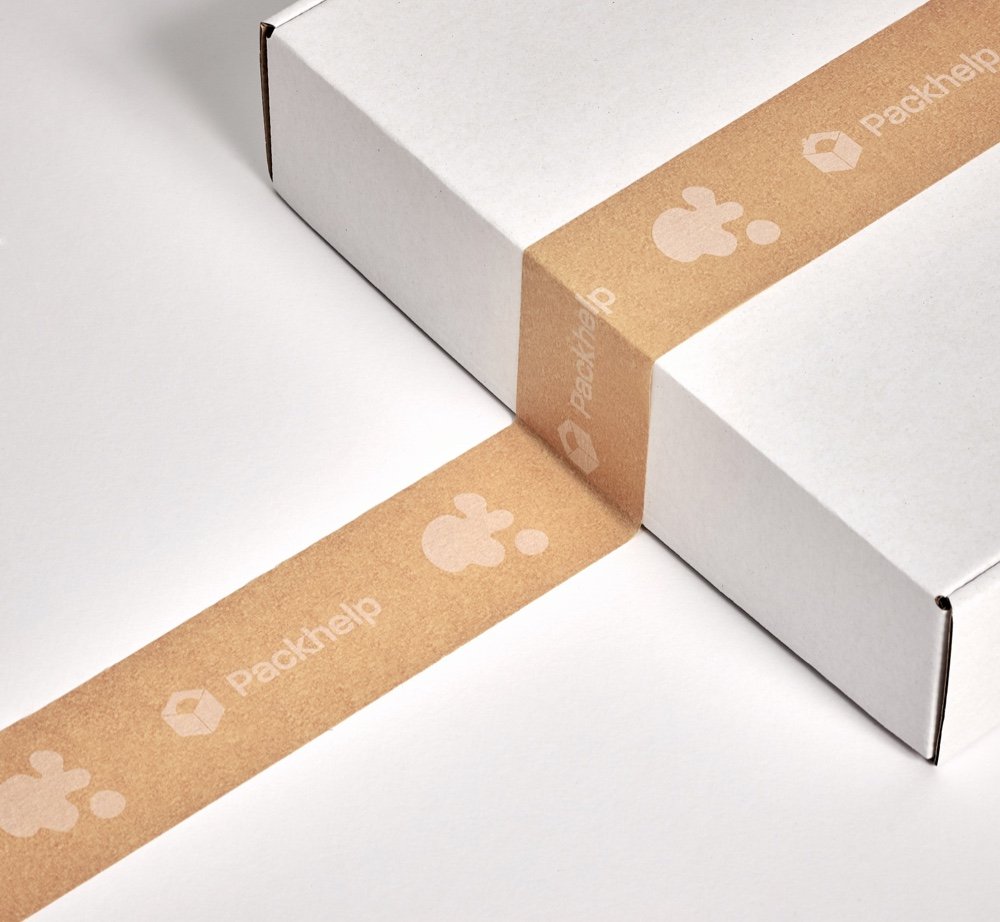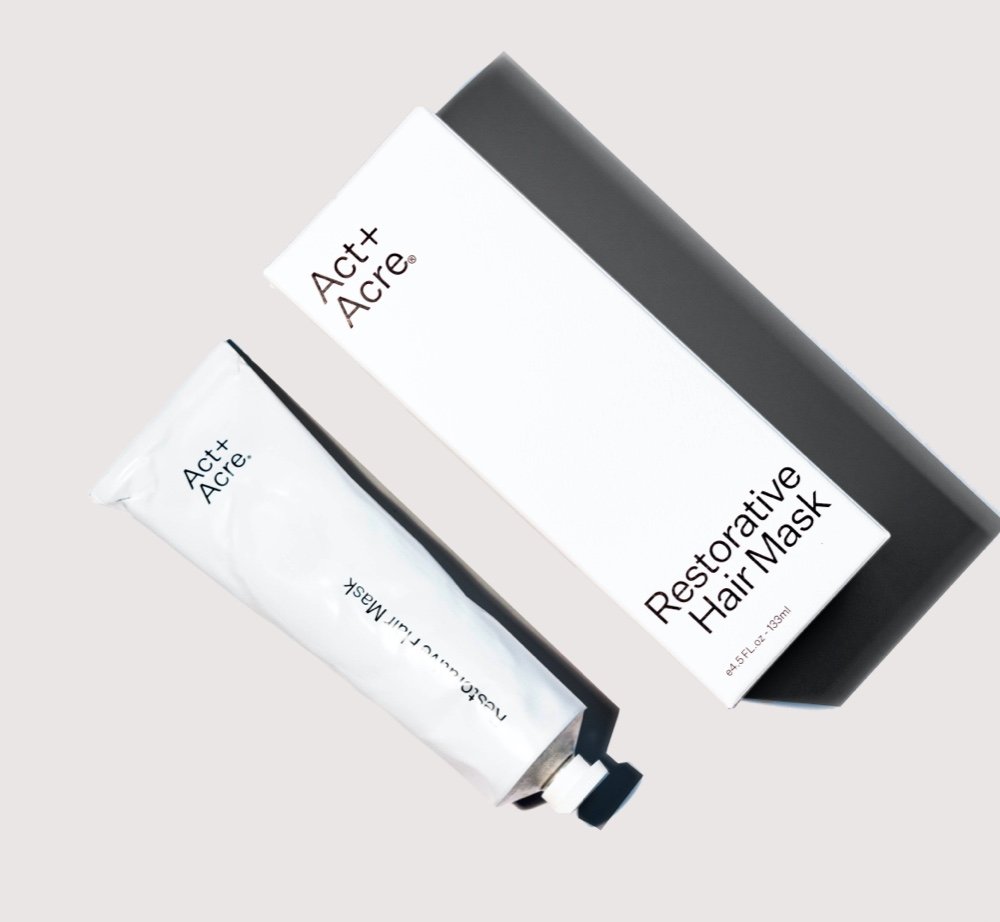5 Common Concrete Mistakes:
A Guide for DIYers and Professionals in Southern Utah
Concrete is one of the most durable and versatile materials for outdoor construction, whether it’s for driveways, patios, or foundations. However, working with concrete, especially in the desert conditions of Southern Utah, requires experience and attention to detail. At Zion Concrete Contractors, we’ve encountered many issues caused by DIYers and even professionals who haven’t accounted for the unique challenges of our region. In this blog, we’ll explore the most common mistakes people make when pouring concrete and how you can avoid them to ensure your project stands the test of time in the harsh desert environment.
1. Incorrect Mixing Ratios
In the dry heat of Southern Utah, getting the water-to-cement ratio right is critical. One of the most frequent mistakes is using too much water to make the concrete easier to work with, but this weakens the mix, causing cracks over time. Conversely, too little water can make the concrete hard to handle and result in an uneven surface. Whether you’re mixing concrete yourself or hiring a contractor, it’s essential to follow the right proportions, especially in desert climates where water evaporates quickly.
2. Inadequate Site Preparation
Proper site preparation is crucial in any climate, but even more so in the extreme conditions of Southern Utah. Failing to level the ground, or neglecting to install a proper sub-base, can lead to problems like shifting or cracking concrete as the desert sands shift beneath the surface. DIYers often underestimate how important a strong foundation is, but without one, your concrete may not hold up to the heat and pressure of the environment.
3. Poor Finishing Techniques
The desert heat can dry out wet concrete quickly, which is why finishing techniques are so important. Overworking the surface can lead to weak spots or premature cracking, especially when the top layer dries too fast. Common mistakes include over-troweling or adding too much water to the surface, both of which can reduce the strength of the concrete. Knowing when to finish and how to manage moisture is key in the high temperatures of Southern Utah.
4. Skipping Control Joints
Control joints are vital for preventing cracks caused by the expansion and contraction of concrete in the desert’s extreme temperatures. Many DIYers, and even some pros, either skip this step or place the joints incorrectly. Without well-placed control joints, your concrete will likely crack as the temperatures rise and fall throughout the day and night. At Zion Concrete Contractors, we ensure proper joint placement to protect your concrete from the desert’s dramatic temperature swings.
5. Improper Curing
Curing is essential to achieving strong concrete, but in the desert, it can be tricky. The high heat and low humidity of Southern Utah can cause concrete to dry too quickly, leading to cracks. Skipping the curing process, or not doing it properly, can lead to surface problems and a shorter lifespan for your concrete. We take special care to protect freshly poured concrete from the harsh desert elements to ensure it cures properly, even in challenging conditions.
Pouring concrete in Southern Utah’s desert climate is no easy task, but avoiding these common mistakes will ensure your project lasts for years to come. Whether you’re a DIY enthusiast or working with a contractor, paying attention to these details can save you time, money, and frustration. At Zion Concrete Contractors, we know how to handle the unique challenges of the desert and are here to help you achieve flawless, long-lasting results. Contact us today to get started on your next concrete project.





